Hundreds of species, including ancient oaks, American beeches, cherries, birches, tulip trees, and white ash. The Thain Family Forest preserves one of the last old-growth forests in New York City.
We've curated a list of the most visited plant species at the New York Botanical Garden. Browse through it and be sure to check out these fascinating plants during your visit to the Garden.
Number of plant species: Over 1 million living plants
Number of gardens and collections: 50+ gardens and plant collections
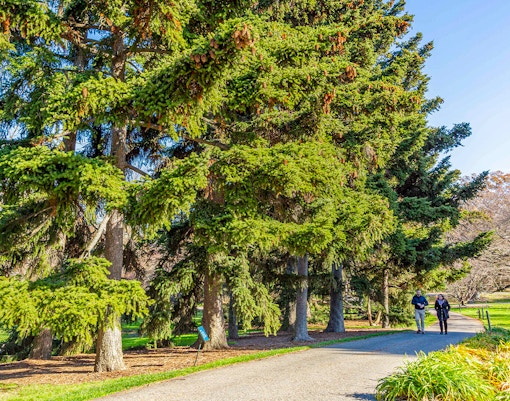
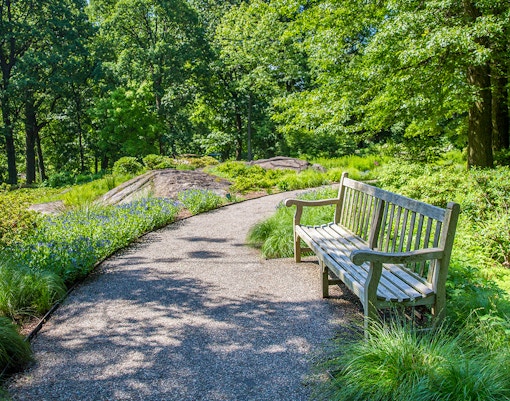
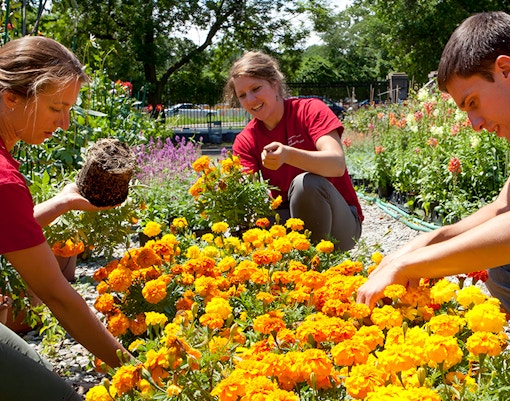
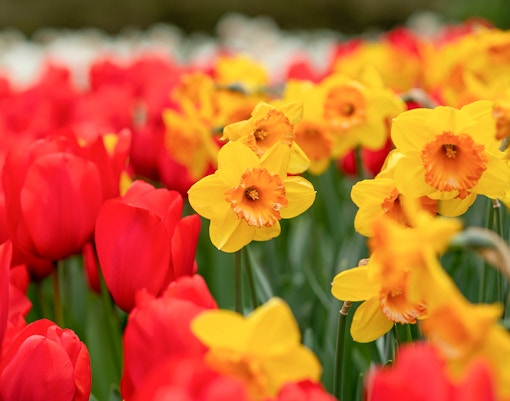
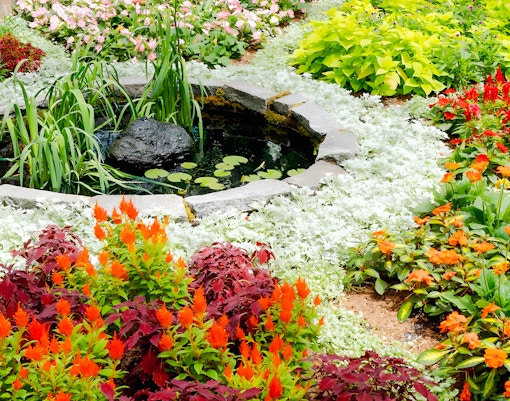
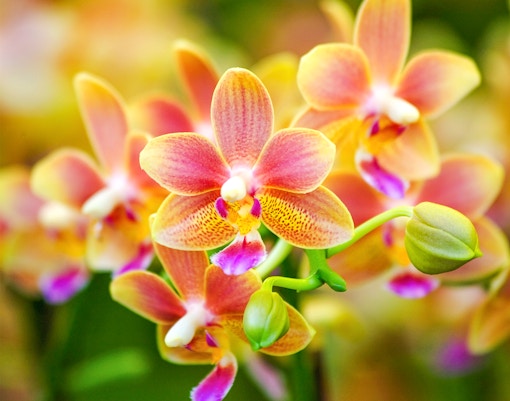
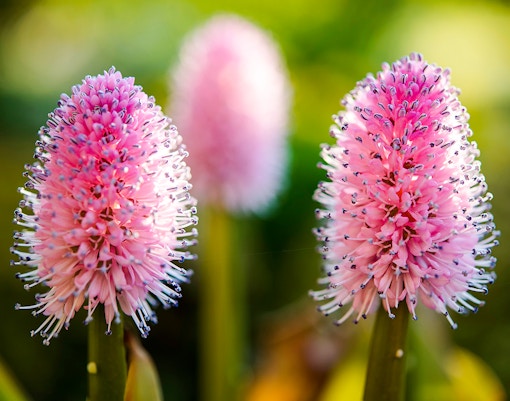
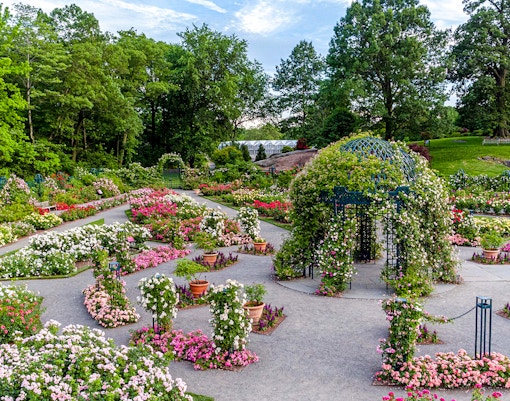
The New York Botanical Garden is renowned for its vast collection of over one million plants spread across 250 acres, offering a stunning and diverse botanical landscape. It features spectacular exhibits like the Orchid Show. Here are some of the most fascinating flowers you’ll find at the NYBG.
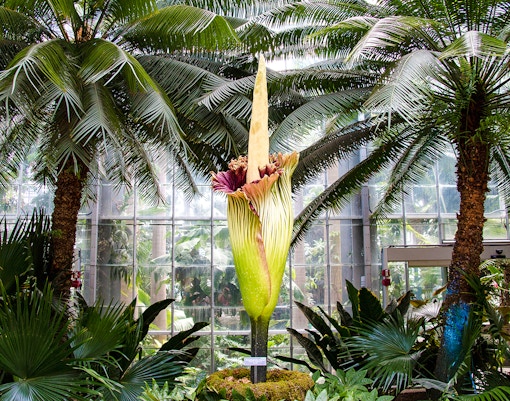
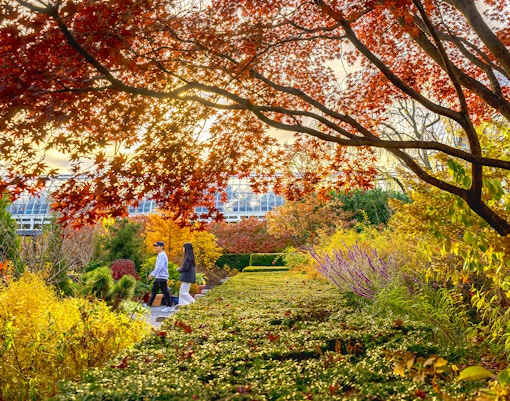
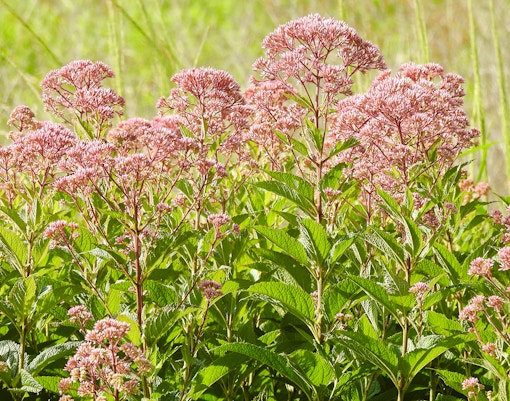
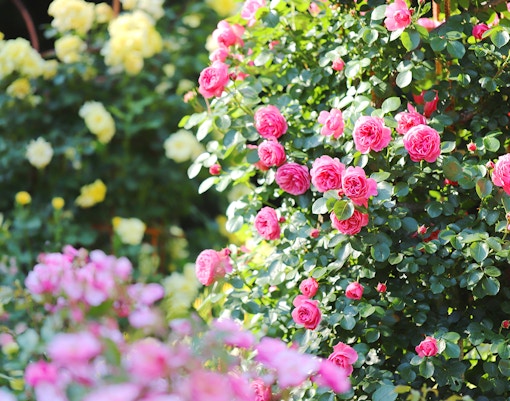
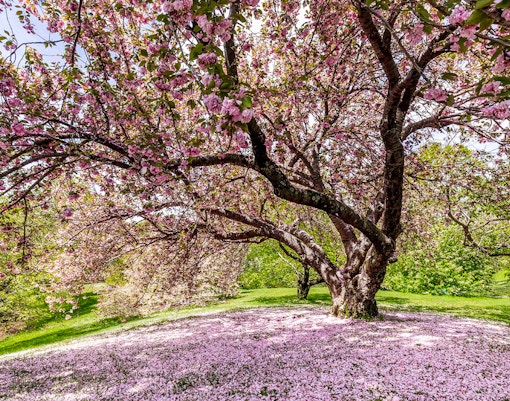
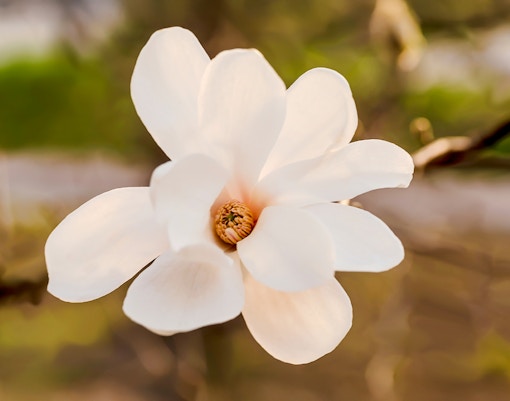

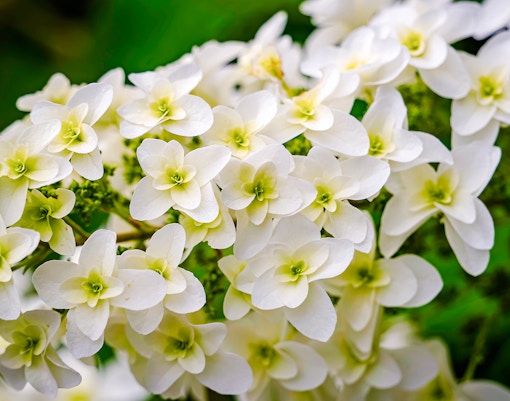
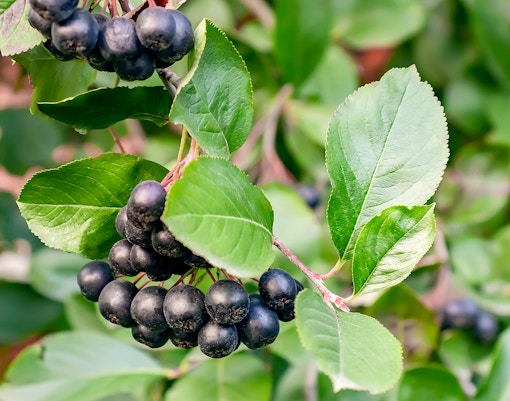
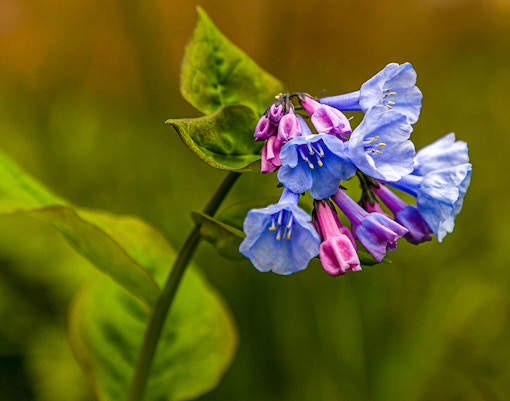
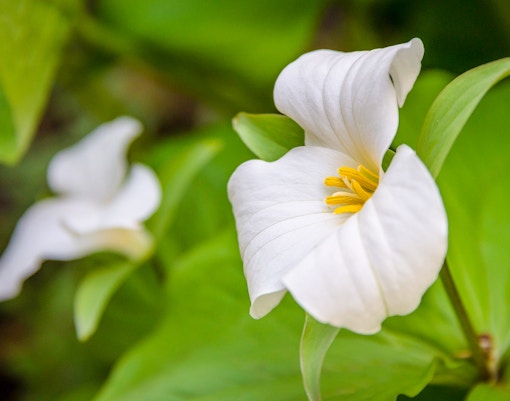
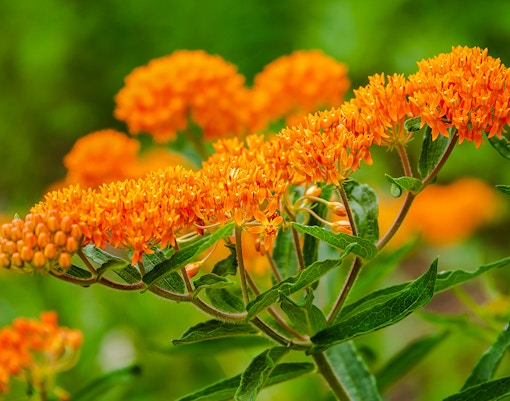
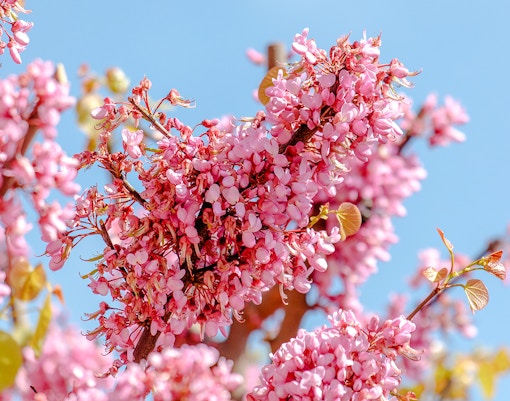
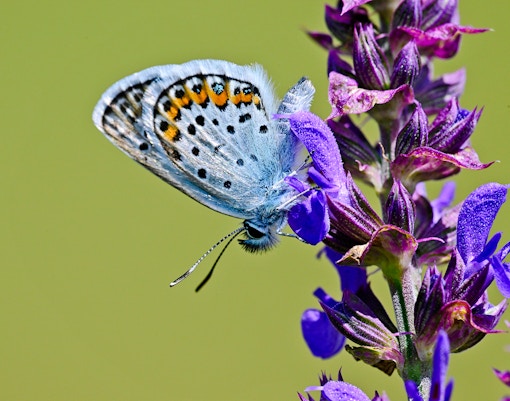
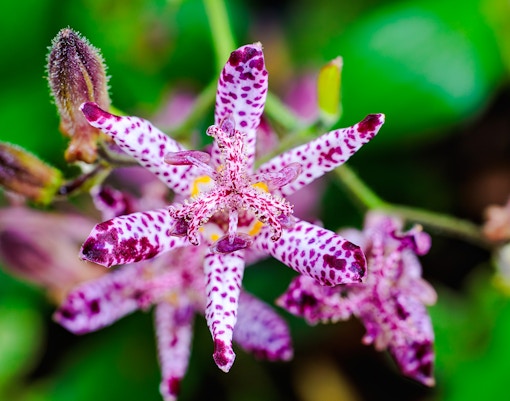

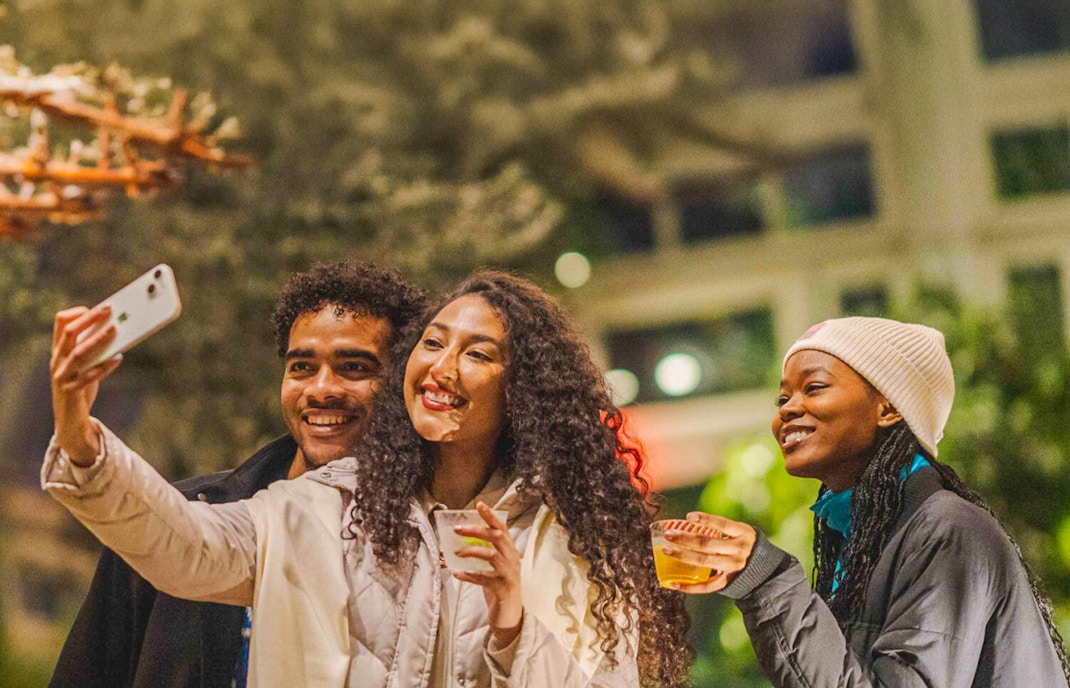
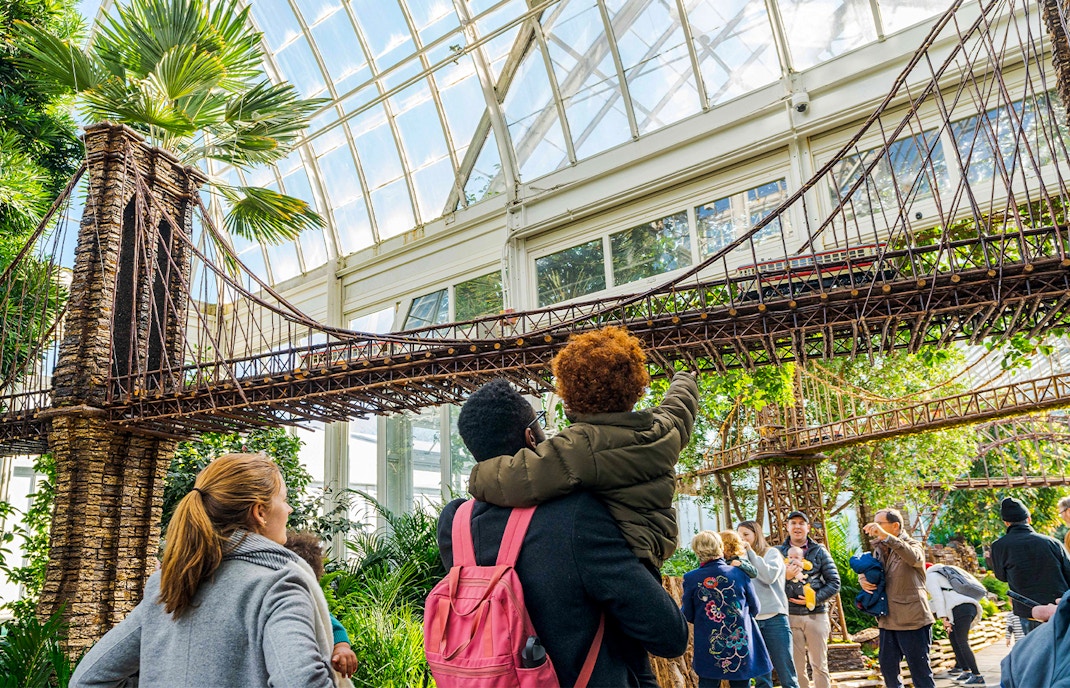
Yes, NYBG houses several rare species, including endangered orchids and the Amorphophallus titanum (corpse flower), as part of global conservation efforts.
Some of the trees in the Thain Family Forest are over 200 years old, predating the Garden’s founding in 1891.
The Corpse Flower only blooms once every several years and stays open for 24–48 hours. Visitors often queue up at night to catch the rare event.
Many are composted onsite, reused in teaching gardens, or propagated for future planting, aligning with NYBG’s sustainability goals.
Occasionally, NYBG accepts rare or significant plant donations, but all specimens must meet rigorous health, species, and documentation standards.